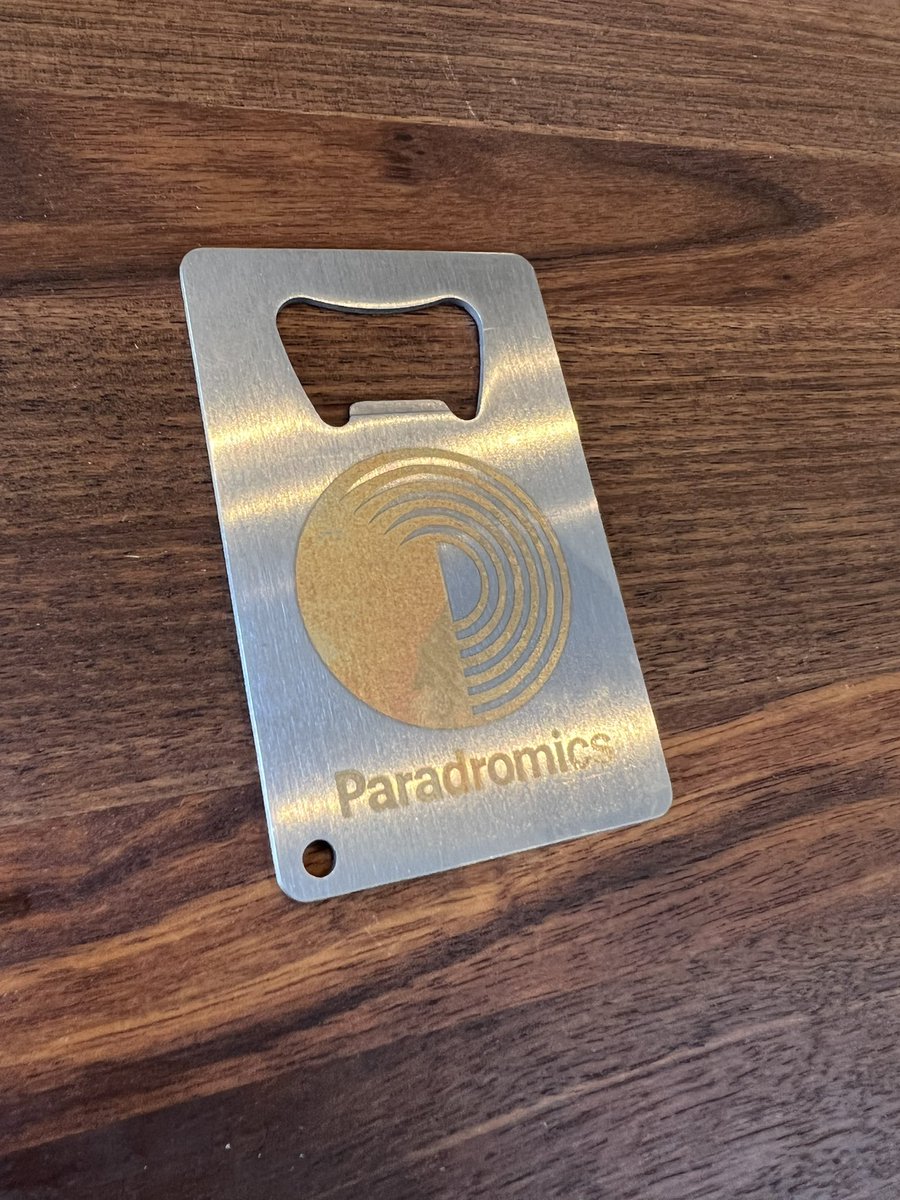Before we all start dissecting the neuralink show and tell tomorrow I wanted to share some of the other neurotech startups that I think are doing cool stuff (besides us at @motifneuro of course!)
It’s a great #neurotechrevolution community!! 🧵
It’s a great #neurotechrevolution community!! 🧵
.@BlackrockNeuro_ one of the OG BCI companies. Their Utah arrays are the most used implantable human BCIs. They also just announced their new product “Neuralace” - its at the concept stage, but looks sweet! 💥 



.@paradromics is building a high-bandwidth BCI initially for people with paralysis. They’ve also been at it before neuralink and I think they have a good shot at breaking the record for most single unit recordings in humans sometime soon. They also have great swag. 



.@synchroninc is also building a BCI for initially for paralysis. They won’t have the bandwidth of some of these other companies, but their surgical approach through the blood vessels has the benefit of avoiding traditional “brain surgery.” Plus “Stentrode” is a great name! 

Precision Neuro is working toward a minimally invasive flexible electrode array they implant on the surface of the brain through a tiny hole. I’m bullish on minimally invasive neurotech like this. precisionneuro.io 

.@phantom_neuro is building a bioelectronic interface to muscles for the control of prosthetic limbs. They just closed some serious funding and have a great concept. Plus they are also in TX! ❤️ 🤠 

Science corp led by @maxhodak_ just revealed their concept for a bioelectronic interface to the retina. Like phantom I think the peripheral interface play has a lot of advantages especially for sensory and motor prosthetics. science.xyz 

InBrain and @Panaxium are building neural interfaces based on interesting new materials for flexible high performance materials like graphene and organic electronics. 



Lots of folks on the non-invasive side, but I’ll just mention a few of the ones I’m tracking. @neurable hit the headphones game early and have a good looking product for monitoring neural activity. 

.@Cognixion_AI is creating a hybrid AR/BCI for assistive speech. Love their user-driven approach to help people who have difficulty speaking. It’s like a useful version of the metaverse. 

On the data side there is of course @RuneLabsCEO creating the badly needed platform for integrating brain data. 

On the Neuromodulation front @magnusmed just got FDA approval for a targeted and accelerated TMS therapy for major depressive disorder, which has shown great efficacy in early studies. (I have a lot of thoughts on this..) 

There are many more and I didn’t even get into some of the new therapeutic spinal and peripheral nerve stimulation startups like @Neuronoff (with the “Injectrode”) and @ReachNeuro. Please add more that I missed!
Exciting time for neurotech!!
Exciting time for neurotech!!
• • •
Missing some Tweet in this thread? You can try to
force a refresh





